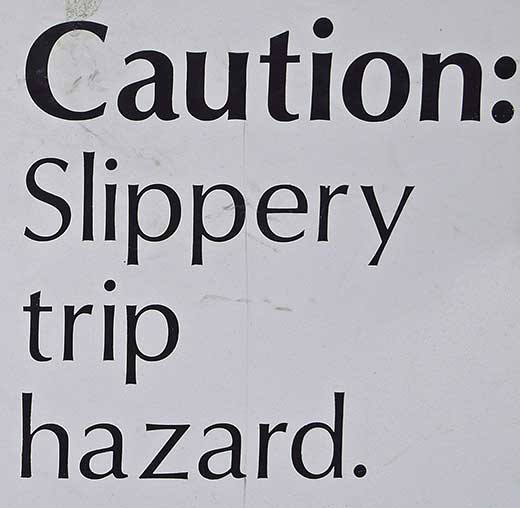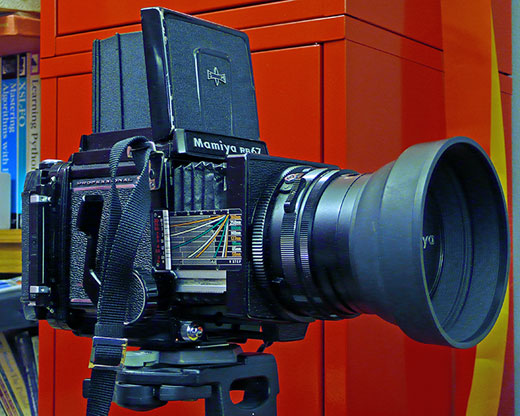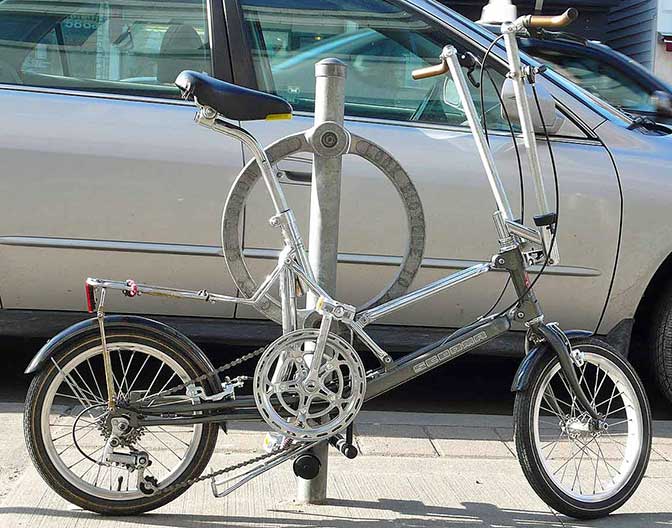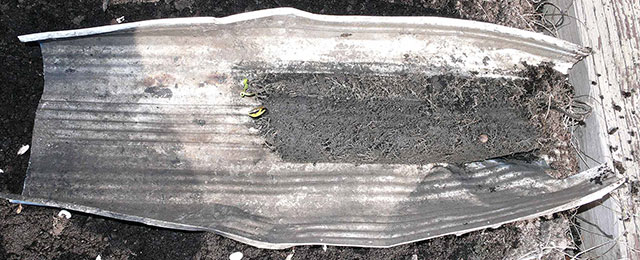
I got the Super Galaxy back from Cogs yesterday. They’ve done a great job of fitting slightly raised bars and thumbshifters, and repacking all the ancient bearings. It rides like a dream; I was only planning to ride from Gerrard back to Broadview TTC, but I zoomed all the way along Gerrard to Main St station. And this was me having hardly been on a bike since last year.
I think the rear derailleur may be on its way out, ‘cos it still makes clonky noises in lowest gear. But it’s looking great, and running great, and best of all, Cogs did the work for a very reasonable price. I am happy.






